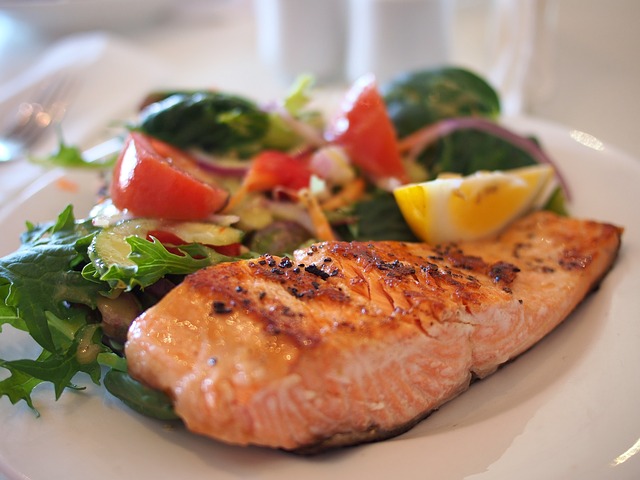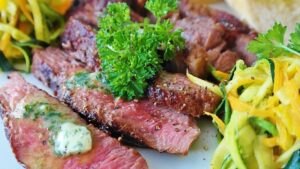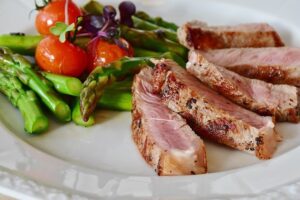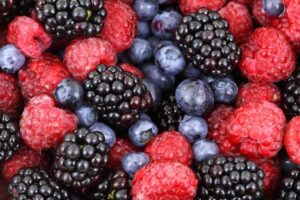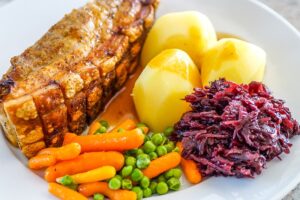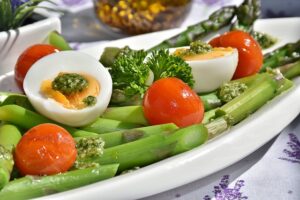Introduction
When hydrochloric acid (HCl) comes into contact with protein in the stomach, it initiates a series of important activities that are crucial for the digestion and absorption of nutrients. This process, known as protein digestion, is a key step in breaking down proteins into smaller components that can be easily absorbed by the body. In this article, we will explore the activities that result from the action of hydrochloric acid on protein in the stomach.
Protein Denaturation
One of the primary activities that occur when hydrochloric acid interacts with proteins in the stomach is protein denaturation. Denaturation refers to the alteration of the protein’s structure, which unfolds the protein and exposes its peptide bonds. HCl disrupts the hydrogen bonds and other weak interactions that maintain the protein’s native conformation, causing the protein to lose its shape. This unfolding of the protein is essential for further digestion.
Activation of Pepsinogen
Hydrochloric acid also plays a crucial role in the activation of pepsinogen, an inactive enzyme secreted by the stomach’s chief cells. Pepsinogen is converted into its active form, pepsin, by the acidic environment created by HCl. Pepsin is a protease enzyme that breaks down proteins into smaller peptides. Once activated, pepsin can cleave peptide bonds, further aiding in protein digestion.
Optimal pH for Enzymatic Activity
The acidic environment created by hydrochloric acid in the stomach is essential for the optimal functioning of pepsin and other digestive enzymes involved in protein digestion. Pepsin works most efficiently at a pH between 1.5 and 2.5, which is the range typically maintained in the stomach. The low pH not only activates pepsin but also provides an ideal environment for its enzymatic activity, ensuring effective protein breakdown.
Protein Breakdown into Peptides
Once the proteins are denatured and pepsin is activated, the next activity resulting from the action of hydrochloric acid is the breakdown of proteins into smaller peptides. Pepsin cleaves the peptide bonds between specific amino acids, resulting in the formation of shorter peptide chains. These peptides are easier to digest and absorb in the small intestine.
Enhanced Absorption of Amino Acids
The final activity resulting from the action of hydrochloric acid on protein in the stomach is the enhanced absorption of amino acids. Amino acids are the building blocks of proteins, and they are crucial for various physiological processes in the body. The digestion of proteins into smaller peptides and amino acids allows for efficient absorption in the small intestine. Once absorbed, these amino acids can be utilized for protein synthesis and other essential functions.
Conclusion
In summary, the action of hydrochloric acid on protein in the stomach leads to several important activities. It denatures proteins, activates pepsinogen into pepsin, provides an optimal pH for enzymatic activity, breaks down proteins into peptides, and enhances the absorption of amino acids. These activities are essential for the effective digestion and utilization of dietary proteins.
References
1. National Center for Biotechnology Information. (n.d.). Protein digestion and absorption. Retrieved from ncbi.nlm.nih.gov: https://www.ncbi.nlm.nih.gov/books/NBK54107/
2. Grosvenor, M. B., & Smolin, L. A. (2017). Visualizing Nutrition: Everyday Choices. Wiley.
3. Whitney, E., Rolfes, S. R., Crowe, T., & Cameron-Smith, D. (2019). Understanding Nutrition: Australian and New Zealand Edition. Cengage Learning.

